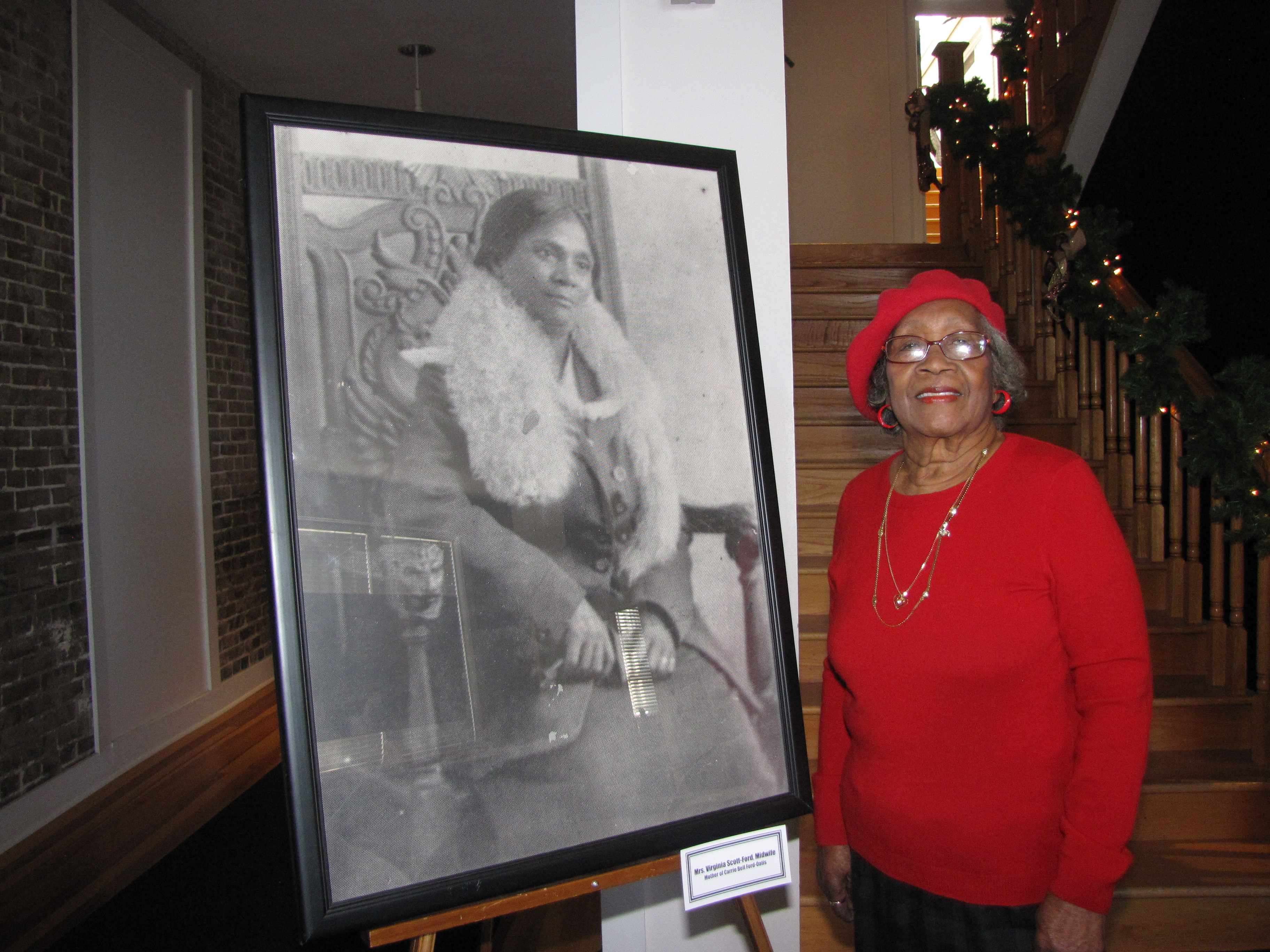
By Janice K. Neal-Vincent
Contributing Writer
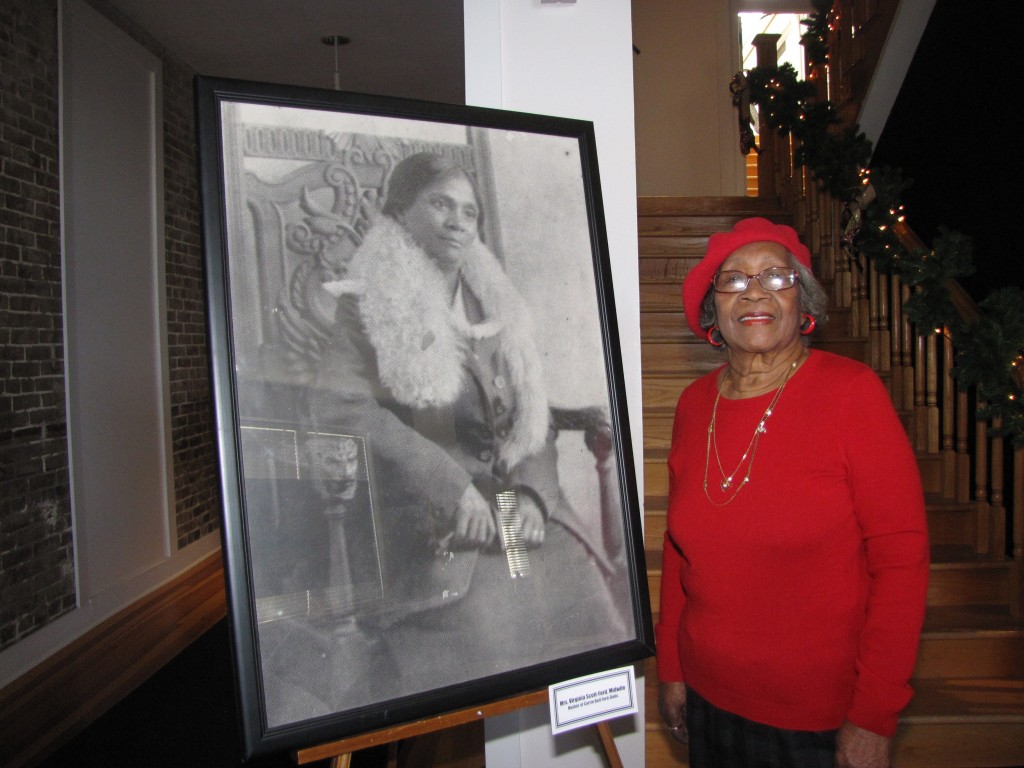
Several individuals gathered Dec. 19 to share ideas on educating the public about the impact and historical significance of midwifery.
The Day of Sharing event was held at the Smith Robertson Museum and Cultural Center in Jackson, but the focus was on the Scott Ford Museum and Interpretive Center located at 136 and 138 Cohea St. in Jackson. The two houses at the center built in 1891 and 1892 were used by midwives.
Dr. James Smith, vice president of Scott Ford House, Inc., explained that it was on May 13, 1998 that the Scott Ford Museum Complex was designated a Mississippi Landmark. Smith articulated the need for a Scott Ford Museum Complex to focus on midwifery.
“It connects the historical lineage from slavery to freedom; it preserves the midwives’ contribution to the medical field and African-American medicine; it preserves the artifacts used by midwives in their practice; it provides an opportunity to show the difference between midwifery and obstetrics while creating and preserving a midwifery body of knowledge; it will allow lay persons and researchers to conduct research and record the anthropology of midwifery and birth; and the museum will chronicle an African-American family’s path from slavery, independent survival, and middle class attainment.”
“It’s all about visioning the Scott Ford House Museum at 136 and 138 East Cohea St.,” said Dr. Alferdteen Harrison, project director and president of Scott Ford House, Inc., who presided over the forum. The vision “is to be a catalyst for preserving, interpreting and presenting African-American history as a dynamic tourist attraction.” In addressing this vision, the mission “is to develop the Virginia Scott Ford family home as a historic house museum which will reflect and interpret 19th and 20th century African American history.”
Highlighting that midwives were highly respected in their own communities, Smith noted that the Mississippi Board of Health and the black community differed in their perceptions of midwives. In the mid-1980s, however, “the state-sponsored midwifery program faded away as the Mississippi Department of Health stopped issuing lay midwifery permits,” Smith said.
Discussants recalled difficult times the black community faced. A tearful retired Tougaloo College professor, Dr. John Garner, reminisced about the times he addressed desegregation and wondered how the midwives were able to “get around those great difficulties.” Dr. Robert Smith, a physician with Central Mississippi Medical Health Services, responded that alumni who worked at public institutions were not allowed to write checks. “But John Garner was part of the desegregation process which influenced health care,” Smith said.
As she shared her personal experiences of Mississippi midwifery, Dr. Helen Barnes, professor emeritus of obstetrics and gynecology at the University Mississippi Medical Center, recalled that 15 doctors who were delivering at St. Dominic Hospital offered a surgical sterile procedure and let patients go home the day following the procedure. “They were told that they could no longer provide that service, so they pulled out to give their patients permanent sterilization,” Barnes said.
In preservation of midwives’ stories, discussants envisioned an Interpretive Center that would have major influence everywhere. Dr. Robert Luckett, director of the Margaret Walker Center at Jackson State University, defined the center’s role as “a medium to preserve their stories to be shared.” Stories were recorded as he spoke.
Dr. Robert Smith said, “I would like to see the Interpretive Center presented as a very positive delivery mechanism.” Jackie Dace, project manager for the upcoming Mississippi Civil Rights Museum, looked at the center from a generational perspective. “We need to remember that a lot of this information which is second nature is new to us,” Dace said.
Projecting a festival on Cohea Street was then addressed. Smith called for resources and people to take advantage of presentations already established and funded by the Margaret Walker Center. Dace called for prioritizing education by focusing on children who are the best in science and technology. Lena Jones, Scott Ford Board Development consultant, emphasized that the role of the granny midwife needed attention. “The granny midwives would look after you and the parents would say, this is the person who brought you into the world,” she said. Angela Stewart, an archivist at the Margaret Walker Center, added that stories of children delivered by midwives were highly significant. Thus, continuing to encourage the public to come forth and reveal their experiences would be significant.
“Midwives were almost as important as our mothers who carried us for nine months because they caught us and brought us into the world,” said Dorothy Moore, recording artist and Jackson native, who attend the forum.
In bringing the event’s discussions to closure, Dr. Rico Chapman, chair of Jackson State University’s History Department, said, “It is important to connect this information to the public in terms of restoration, hope, and vision. When we look at our communities, a lack of vision has impacted them and we need to connect the dots.”
To contribute stories of midwifery experiences, contact Dr. Alferdteen Harrison, president of Scott Ford House, Inc. Farish Street Historic District, at (601) 953-4060 or email alferdteen@aol.com.
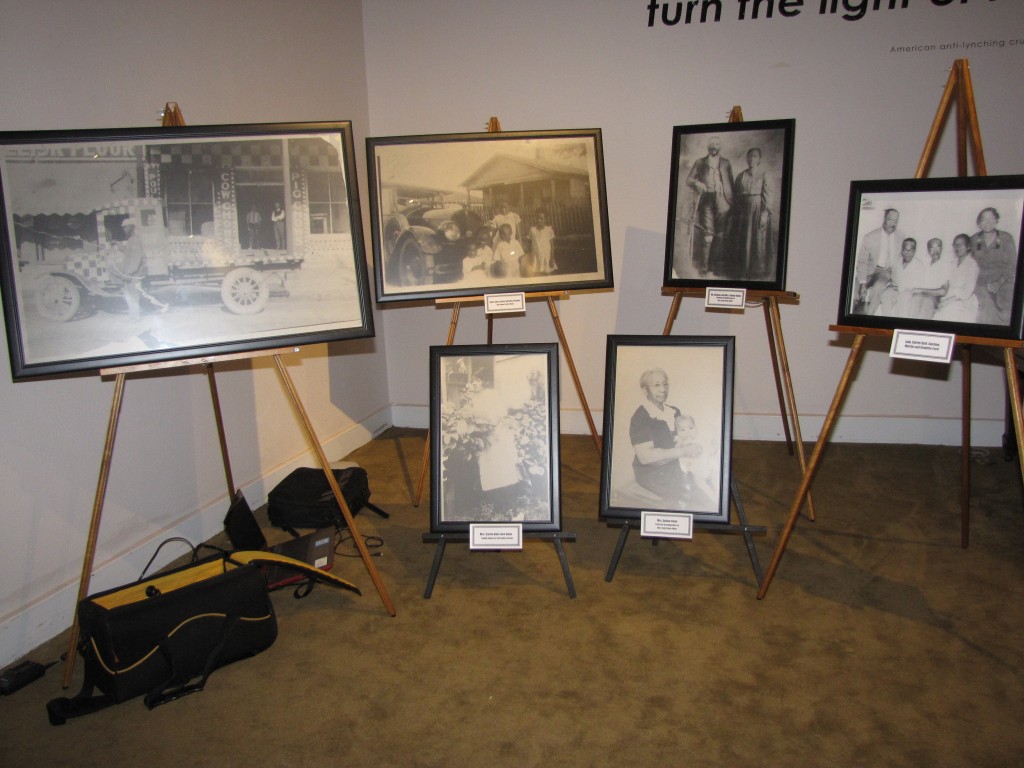
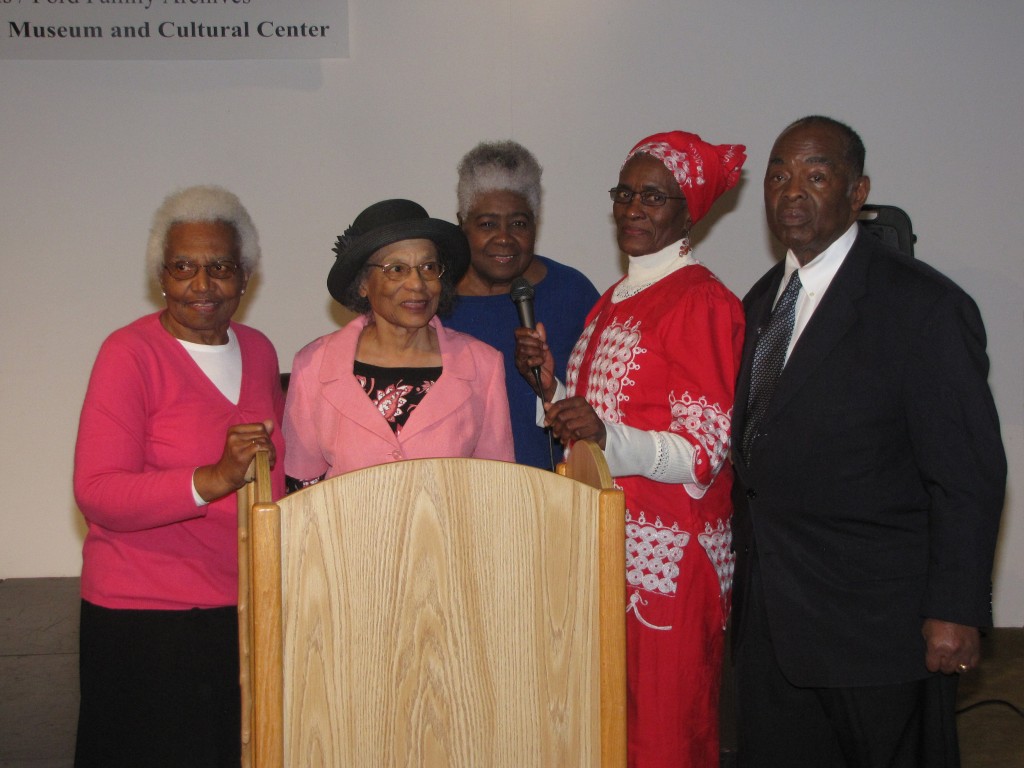

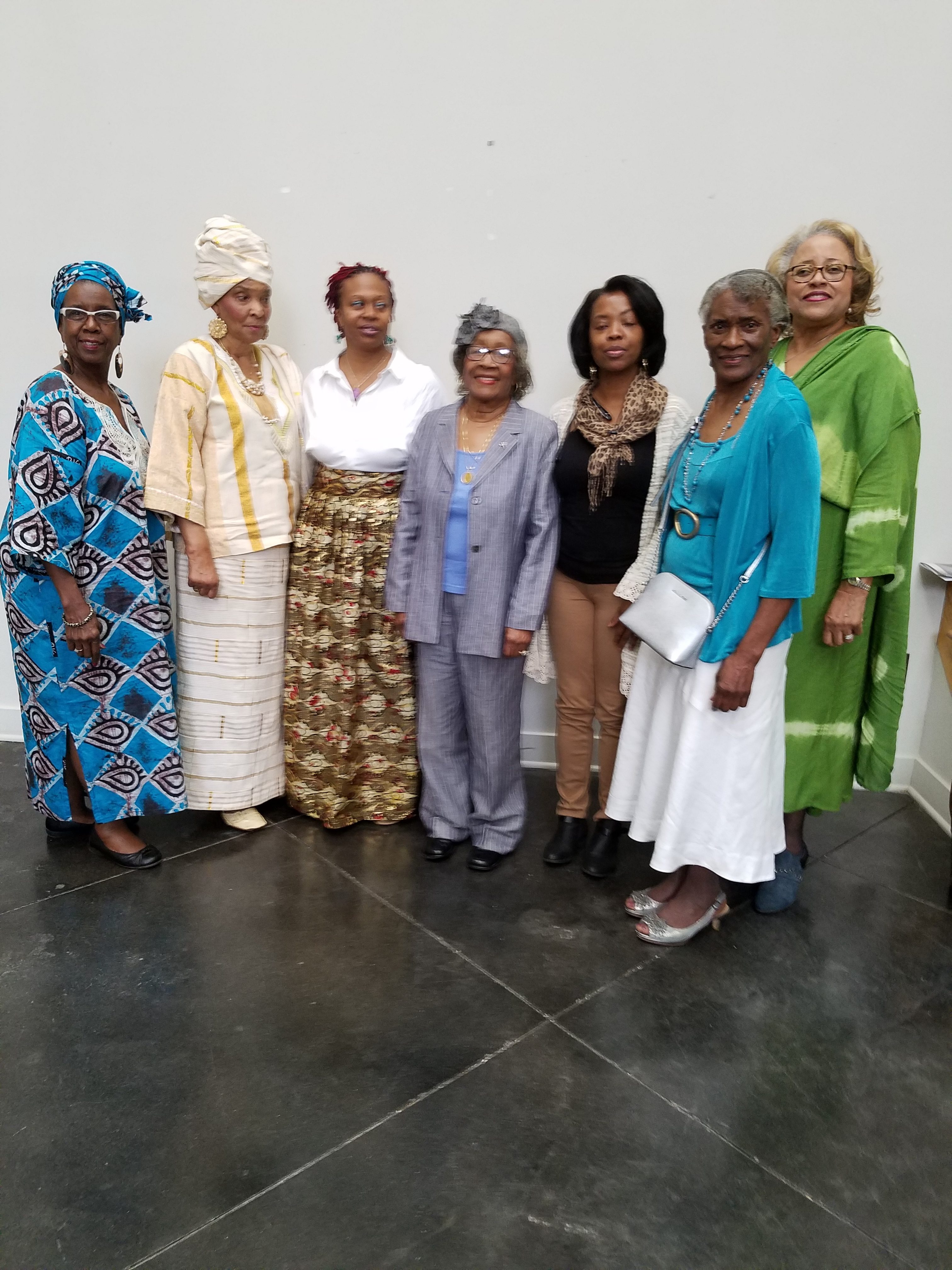
Be the first to comment